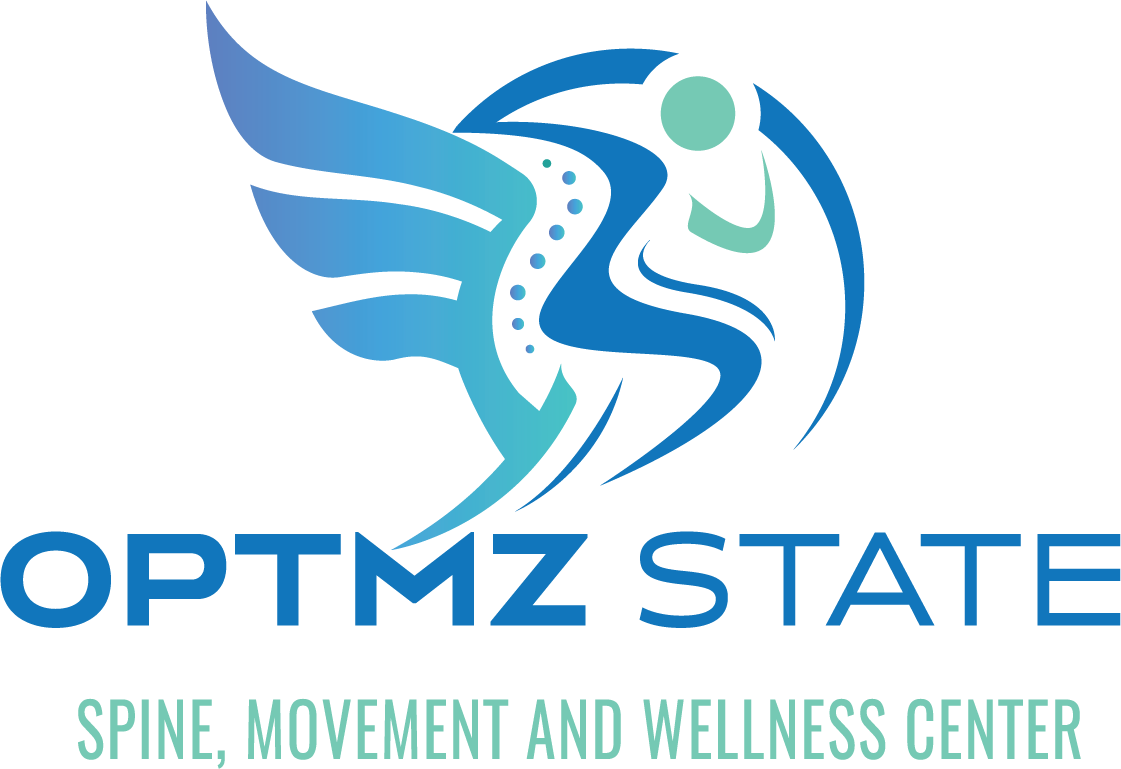Are you tired of the persistent discomfort and restricted movement caused by a frozen shoulder? It’s time to explore the promising avenue of chiropractic care. In the realm of musculoskeletal ailments, few challenges compare to the discomfort and constraint experienced with a frozen shoulder, clinically known as adhesive capsulitis. This condition, characterized by pain, stiffness, and a limited range of motion in the shoulder joint, can significantly impede one’s ability to perform everyday activities. Discover how the targeted and hands-on approach of chiropractic care can offer immediate relief, restore your range of motion, and pave the way for a return to your everyday activities without the burden of stiffness.
Unlock the secrets to regaining mobility and bid farewell to the limitations that a frozen shoulder imposes. We’ll also explore the personalized treatment approach that chiropractors bring to the table, recognizing that each individual and shoulder is unique. Join us on this journey to understand how chiropractic care not only addresses current discomfort but also fosters a proactive mindset, contributing to the prevention of future instances of frozen shoulders. It’s time to break the ice and embrace a holistic approach to shoulder health and well-being.
Understanding Frozen Shoulder: A Debilitating Affliction
What is a Frozen Shoulder?
Frozen shoulder, clinically termed adhesive capsulitis, is a condition marked by pain and stiffness in the shoulder joint. This stiffness gradually worsens over time, limiting the range of motion and impeding everyday activities. The exact cause of frozen shoulder remains elusive, though certain risk factors such as age, gender, and pre-existing health conditions have been identified.
The 3 Phases of Frozen Shoulder
Frozen shoulder typically progresses through three distinct phases: the freezing phase, the frozen phase, and the thawing phase. Each stage presents unique challenges and symptoms, making it crucial for individuals to seek timely and appropriate intervention.
- Freezing Phase
During the freezing phase, individuals experience a gradual onset of pain and stiffness in the shoulder. As the condition progresses, the range of motion becomes increasingly limited, causing discomfort during routine tasks.
- Frozen Phase
The frozen phase is characterized by persistent stiffness, and pain may diminish, though the range of motion remains severely restricted. Daily activities become arduous, and individuals may find it challenging to perform even simple movements.
- Thawing Phase
In the thawing phase, the shoulder gradually regains mobility, and pain diminishes. However, this process can take months, and without intervention, some individuals may never fully regain their original range of motion.

What are the Causes of Frozen Shoulder?
Frozen shoulder, also known as adhesive capsulitis, is a condition characterized by pain and stiffness in the shoulder joint. The exact cause of frozen shoulder is not always clear, but several factors may contribute to its development. Some of the common causes include:
Inflammation
Inflammation of the shoulder joint’s capsule, a connective tissue that surrounds the joint, can lead to the development of adhesions and stiffness. This inflammation may be a response to injury, surgery, or other underlying conditions.
Immobilization
Prolonged immobility or lack of use of the shoulder joint, such as after surgery, injury, or illness, can contribute to the development of frozen shoulder. Keeping the shoulder immobile for an extended period may lead to the formation of adhesions and scar tissue.
Age and Gender
Frozen shoulder is more common in individuals between the ages of 40 and 60, and it tends to affect women more often than men.
Previous Shoulder Surgery or Injury
Trauma or surgery to the shoulder can contribute to the development of adhesions and scar tissue, leading to a frozen shoulder.
What are the Common Symptoms of the Frozen Shoulder Syndrome?
If you’re suspecting you might have a frozen shoulder, here are some telltale signs that can give you a clue:
Pain: Persistent pain is often one of the first symptoms of a frozen shoulder. The pain may be dull or aching and is usually felt deep in the shoulder joint.
Stiffness: Gradual onset of stiffness in the shoulder joint is a hallmark of frozen shoulder. This stiffness can make it challenging to move the shoulder, and it often worsens over time.
Limited Range of Motion: As the condition progresses, the range of motion in the affected shoulder becomes restricted. This limitation can affect everyday activities such as reaching overhead, reaching behind the back, or even simple tasks like getting dressed.
Difficulty with Activities: Daily activities that involve shoulder movement, such as reaching for objects on high shelves or putting on a seatbelt, can become challenging due to the limited range of motion.
How is Frozen Shoulder Syndrome Diagnosed?
Diagnosing frozen shoulders involves a systematic process of inquiry and observation. Your doctor will initially inquire about your symptoms and delve into your medical history, seeking details about the onset, severity, and aggravating factors of the pain. This information is crucial for understanding the nature of your condition. Subsequently, your doctor will guide you through various arm and shoulder movements during a basic physical examination to evaluate the extent of restricted movement. The challenge in diagnosing frozen shoulder lies in its symptom overlap with other shoulder ailments. Therefore, your physician may opt for imaging tests such as X-rays, MRIs, or ultrasounds, not specifically to detect frozen shoulders but to rule out alternative issues like arthritis or a torn rotator cuff, ensuring a comprehensive diagnosis.
The Chiropractic Approach to Frozen Shoulder Relief in Tracy
Chiropractic Care: Beyond the Spine
Chiropractic care is often associated with spinal adjustments to address issues like back pain, but its benefits extend beyond the spine. Chiropractors in Tracy, trained in musculoskeletal health, recognize the interconnectedness of the body’s joints and muscles. This holistic approach positions chiropractic care as a potential solution for conditions like frozen shoulders.
Joint Mobilization and Manipulation
Chiropractors use various techniques, including joint mobilization and manipulation, to restore mobility and alleviate pain. In the context of frozen shoulders, these techniques aim to address the restrictions in the shoulder joint, promoting a more fluid range of motion.
- Joint Mobilization
Gentle joint mobilization involves passive movements to stretch and improve the flexibility of the shoulder joint. This can be particularly beneficial in the early stages of frozen shoulder.
- Manipulation
Chiropractic manipulation involves targeted, controlled thrusts to the affected joint. While this approach is not suitable for everyone, it can be effective in certain cases of frozen shoulder to break up adhesions and restore normal function.
Active Release Technique (ART)
Active Release Technique (ART) can be likened to a targeted massage with precision comparable to a laser. During this procedure, your chiropractor at Optmz State Spine, Movement, & Wellness employs manual pressure on particular muscles, tendons, and ligaments in your shoulder as you actively move your arm. By combining this applied pressure with specific movements, you can expect enhancements in your range of motion, the breakdown of scar tissue, and a reduction in pain. Similar to shoulder manipulation, optimal results may require several sessions.
Soft Tissue Techniques
Chiropractors also employ soft tissue techniques to address the surrounding muscles and tendons. Massage, stretching, and myofascial release can help reduce muscle tension and improve overall shoulder function.
Postural Corrections
Poor posture can contribute to shoulder issues, including frozen shoulders. Chiropractors assess and correct posture, providing guidance on ergonomic improvements to prevent the recurrence of shoulder problems.

What are the Chiropractic Treatment Benefits for Frozen Shoulder?
Swift Alleviation of Shoulder Pain
Individuals experiencing shoulder joint pain can expect rapid relief from discomfort following their initial chiropractic session.
Restoration of Full Range of Motion
For those grappling with a frozen shoulder, the familiar challenge of restricted movement can be overcome through chiropractic care.
Regaining Everyday Mobility
Chiropractic treatment facilitates the recovery of your shoulder’s range of motion, allowing you to resume activities like swinging a golf club, reaching high shelves, or engaging in a classic high-five without the hindrance of stiffness.
Tailored Treatment Approach
Rather than adopting a one-size-fits-all strategy, chiropractors customize treatments based on your unique requirements. Recognizing that no two shoulders are identical, they collaborate with you to devise a plan that aligns with your body, lifestyle, and pain thresholds.
Proactive Focus in Chiropractic Mindset
Regular chiropractic care fosters a proactive approach to preventing future occurrences of frozen shoulders. By maintaining the health and mobility of your shoulder joint, the likelihood of encountering this issue in the future is significantly reduced.
Unleash Your Mobility With Chiropractic Care for Your Frozen Shoulder in Tracy
Experience the freedom of unhindered mobility by embracing chiropractic care for your frozen shoulder at Optmz State Spine, Movement, & Wellness. Our dedicated team of skilled chiropractors is committed to providing personalized and effective solutions to alleviate the discomfort and stiffness associated with frozen shoulders. Through a combination of targeted adjustments, therapeutic exercises, and holistic approaches, we aim to restore your shoulder’s range of motion and enhance overall well-being. Don’t let a frozen shoulder limit your daily activities; contact Optmz State Spine, Movement, & Wellness at (209) 229-1274 today, and take the first step towards reclaiming the flexibility and vitality you deserve.




